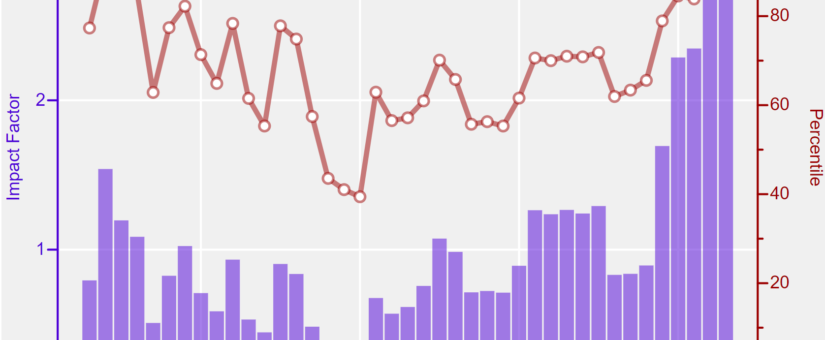
Sales Forecasting Made Easy for Manufacturers
Some ways of utilizing sales forecasts to drive operations are more effective than others
Manufacturers usually want a way to create forward-looking projections so that they can incorporate it into their business planning. That's a great idea! However, the way you do it matters.
Sometimes companies spend entirely too much time and effort crafting very detailed forecasts. You have to ask yourself is it really worth the effort? Often, the answer is no.
But if you want to use a forecast, you don't want to get into a situation where you're asking your sales team impossible questions. An example of this is asking them how many units they are going to sell in July, August, and September … and do that for all the SKUs. If you take this approach, you will be asking them to look into the future. The truth is that salespeople don't know how much they're going to sell. So we need to find a way to be more practical about gaining forward-looking insights and avoid engaging in market timing exercises that are futile.
Simplifying Demand Planning
There are two opportunities to simplify demand planning: One way is to think about how you use the forecast to drive operations. If you're taking your forecasted demand and importing it directly into ERP to create production orders, then you are “building to forecast”.
Building to forecast is OK in some cases, but in many more cases it is not the best way to drive your operation. It is particularly problematic if you hold finished goods inventory. You shouldn't want to drive your factory using a very speculative forecast.
A better approach is to use your forecast to inform your inventory planning so that customer demand can pull product from the factory and from the warehouses rather than pushing production from forecast.
“Market Outlook” Versus “Sales Forecasting”
The second opportunity to simplify demand planning is to think about how you create the forecast in the first place. Instead of sales forecasting, you might think about creating what I call a “market outlook”. A market outlook is a very abbreviated forecast that still enables you to get valuable forward-looking insights from your sales team. It paints a picture of the market that can be incorporated into your production planning.
A market outlook is just a couple of numbers. You're not asking Sales to go to hell and back and create large data sets for every SKU. You can take the market outlook and incorporate it into your sales, inventory, and operations planning (SIOP) process. This gives you a way to periodically revisit your forward-looking projections and incorporate it into your business planning.
This approach will make your life a lot easier while still retaining the quality and benefits of forward planning.
